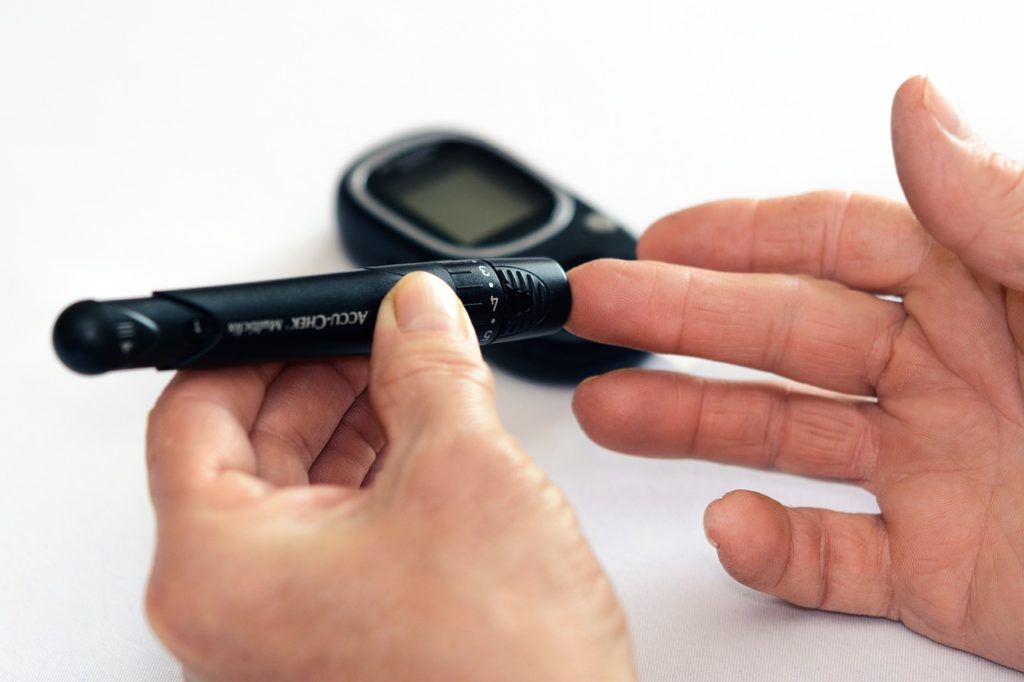
Exciting news from Shriners Children’s St. Louis—researchers have discovered an innovative way to potentially ease the burden of rheumatoid and juvenile arthritis through cutting-edge chronotherapy. This breakthrough could revolutionize the way arthritis is treated and reduce the need for daily injections.
The Role of Circadian Rhythms
Circadian rhythms are the body’s natural 24-hour clock, regulated by the brain and influenced by light. Dr. Farshid Guilak and his team have harnessed this concept to develop a method called “chronogenetics.” By using synthetic biology and tissue engineering, they created gene circuits that can be programmed into stem cells. Once implanted in the body, these cells align with a patient’s circadian rhythm and deliver anti-inflammatory drugs at prescribed times each day.
Addressing the Challenges of Arthritis Treatment
Daily injections of arthritis medication can be particularly challenging for children. Dr. Lara Pferdehirt, the study’s first author, highlighted the novelty of using the cell’s internal clock for drug delivery. Previously, the team had developed “smart” cells that produced drugs in response to inflammation. Now, they have taken a step further by creating stem cells that automatically release drugs based on the body’s daily rhythm.
How Chronogenetics Works
Every cell in our body operates on a 24-hour cycle, including cells involved in inflammation. Arthritis patients often experience peak symptoms and inflammation in the early morning hours, a time when medication is typically not taken. To combat this, the research team developed bioengineered stem cells that release drugs in sync with the body’s natural rhythm, treating flare-ups before they occur.
Potential Beyond Arthritis
Dr. Guilak’s research suggests that timing medication with the body’s circadian rhythm could not only relieve pain but also alter the disease’s progression. This approach might even be applicable to other health conditions with circadian characteristics, such as cancer or diabetes.
Hope for the Future
Early diagnosis and treatment of rheumatoid arthritis are crucial in preventing joint damage. By delivering medication ahead of flare-ups, this new technology could significantly reduce symptoms and halt disease progression. This innovative research holds the promise of changing lives, especially for children with juvenile arthritis and RA.
While no current drugs reverse the course of arthritis, this groundbreaking chronotherapy could pave the way for a future where managing the disease is simpler and more effective.
Stay tuned for more updates on this exciting development in arthritis treatment!



